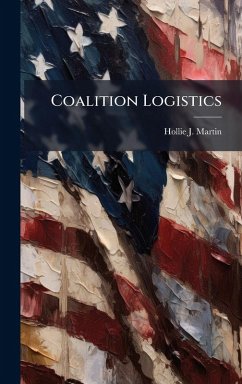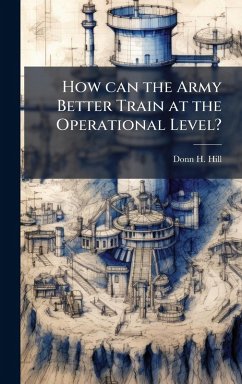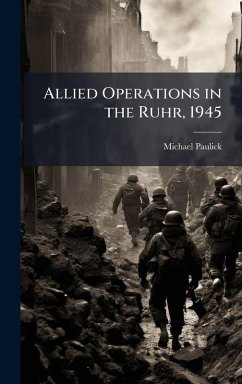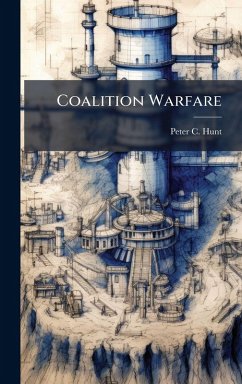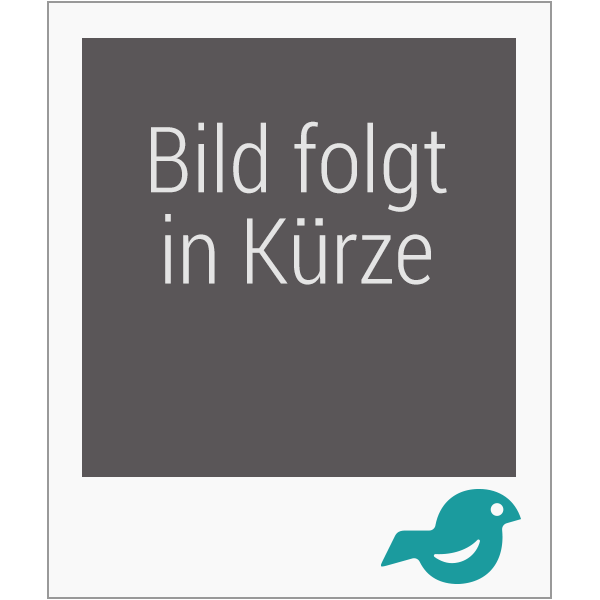
Fighting Future Conflicts With a Military Coalition of Forces
Versandkostenfrei!
Versandfertig in über 4 Wochen
28,99 €
inkl. MwSt.
Weitere Ausgaben:

PAYBACK Punkte
14 °P sammeln!
This study proposes moving from the current Department of Defense, (DOD) Ad Hoc approach to an established framework using five key factors as a basis for executing military coalition operations. Moving from an Ad Hoc approach or a temporary piecemeal organization means formalizing how we fight with a military coalition of forces during combat operations. This study analyzes five key factors -- political agreements, military objective, interoperability of coalition militaries, simplicity, and geopolitical agreements -- to create a framework for successful execution of a military coalition of f...
This study proposes moving from the current Department of Defense, (DOD) Ad Hoc approach to an established framework using five key factors as a basis for executing military coalition operations. Moving from an Ad Hoc approach or a temporary piecemeal organization means formalizing how we fight with a military coalition of forces during combat operations. This study analyzes five key factors -- political agreements, military objective, interoperability of coalition militaries, simplicity, and geopolitical agreements -- to create a framework for successful execution of a military coalition of forces. Throughout this study we compare and contrast these five key factors in three four-star led military coalition operations -- Desert Storm, Allied Force, and Iraqi Freedom -- to show their relevance in executing operations with a military coalition of forces. This work has been selected by scholars as being culturally important, and is part of the knowledge base of civilization as we know it. This work was reproduced from the original artifact, and remains as true to the original work as possible. Therefore, you will see the original copyright references, library stamps (as most of these works have been housed in our most important libraries around the world), and other notations in the work. This work is in the public domain in the United States of America, and possibly other nations. Within the United States, you may freely copy and distribute this work, as no entity (individual or corporate) has a copyright on the body of the work. As a reproduction of a historical artifact, this work may contain missing or blurred pages, poor pictures, errant marks, etc. Scholars believe, and we concur, that this work is important enough to be preserved, reproduced, and made generally available to the public. We appreciate your support of the preservation process, and thank you for being an important part of keeping this knowledge alive and relevant.




